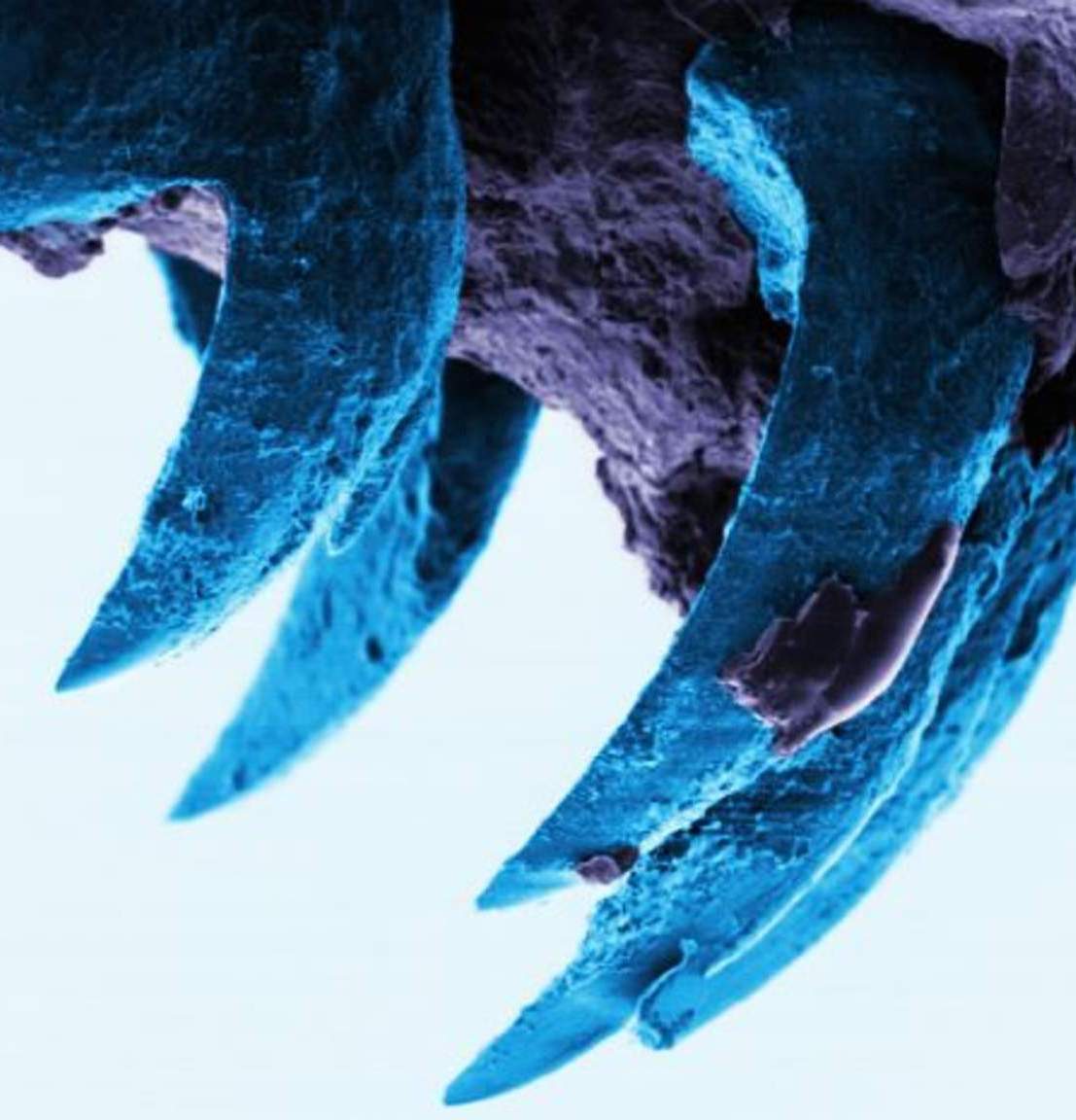How humble limpet could produce strongest natural material known to man
Scientists have discovered that limpet teeth may contain the strongest natural material known to man, and that their structure could be reproduced for use in high-performance engineering. The design of racing cars, boat hulls and aircraft are among the possible uses for a hard material known as goethite, which forms inside the limpet as it grows. Researchers at the University of Portsmouth say the snail-like creature’s teeth contain material stronger than spider’s silk - the material previously considered to be nature’s strongest. The properties of limpet teeth were discovered by pulling them apart all the way down to the level of the atom.
Until now we thought that spider silk was the strongest biological material because of its super-strength and potential applications in everything from bullet-proof vests to computer electronics.
Asa Barber, professor at Portsmouth University’s school of engineering
The creatures use their high-strength teeth to cling to rock surfaces and remove algae for food. Professor Asa Barber, who led the study, said it may be possible to mimic the structure of limpet teeth for design purposes. Prof Barber said: “Biology is a great source of inspiration when designing new structures but with so many biological structures to consider, it can take time to discover which may be useful.”The results of the study have been published in the Royal Society journal Interface.
Limpets need high-strength teeth to rasp over rock surfaces and remove algae for feeding when the tide is in. We discovered that the fibres of goethite are just the right size to make up a resilient composite structure.
Asa Barber

Science limpet